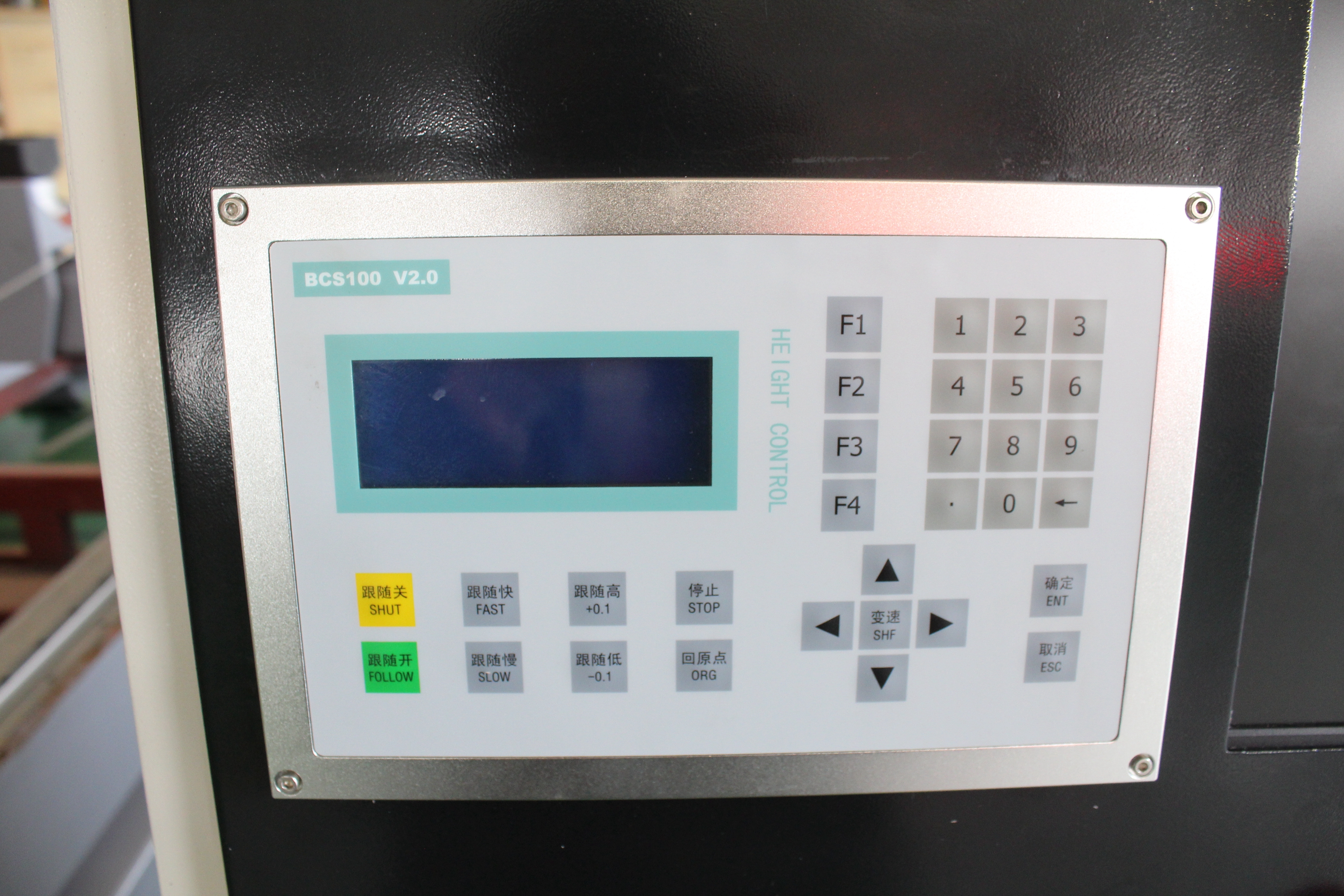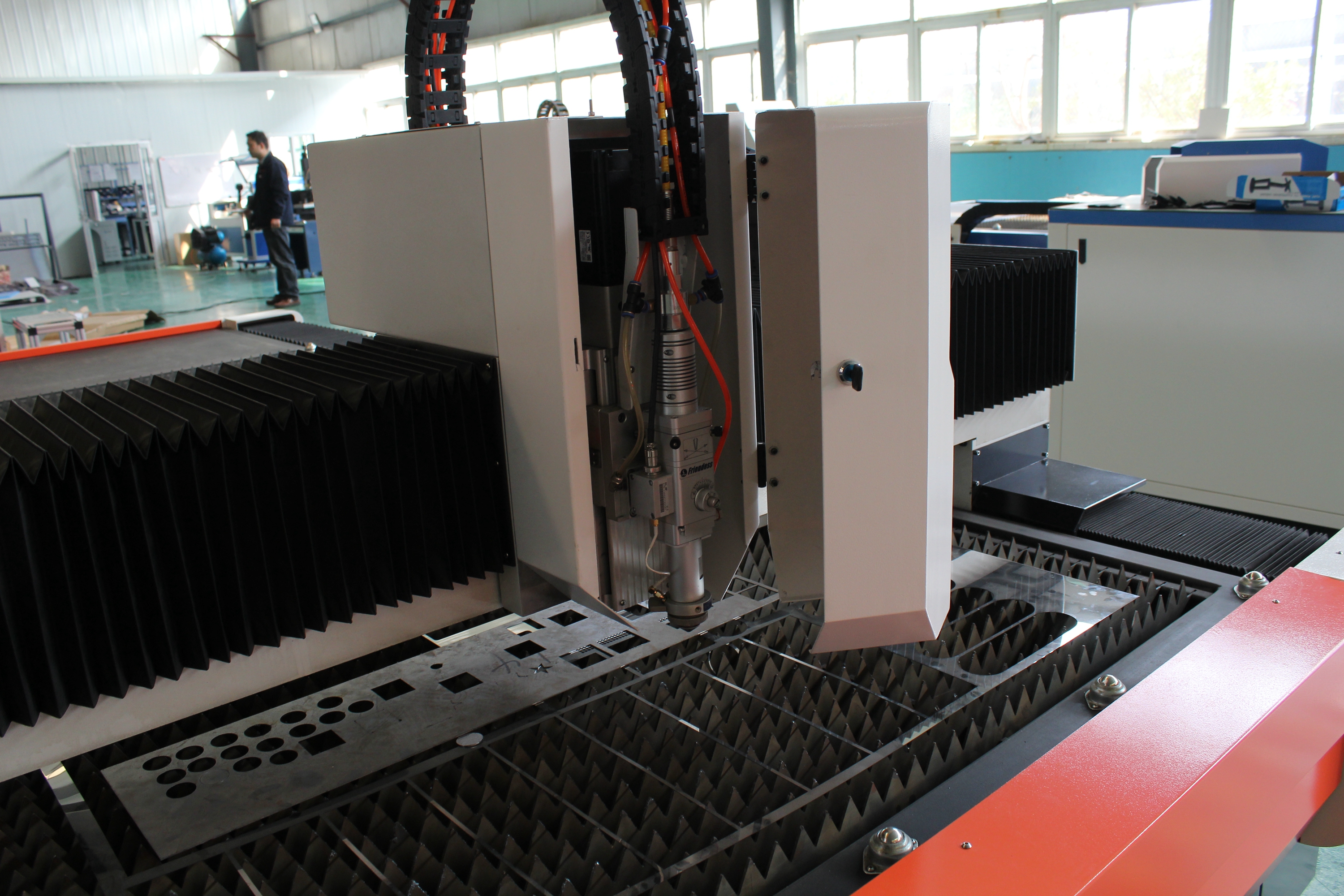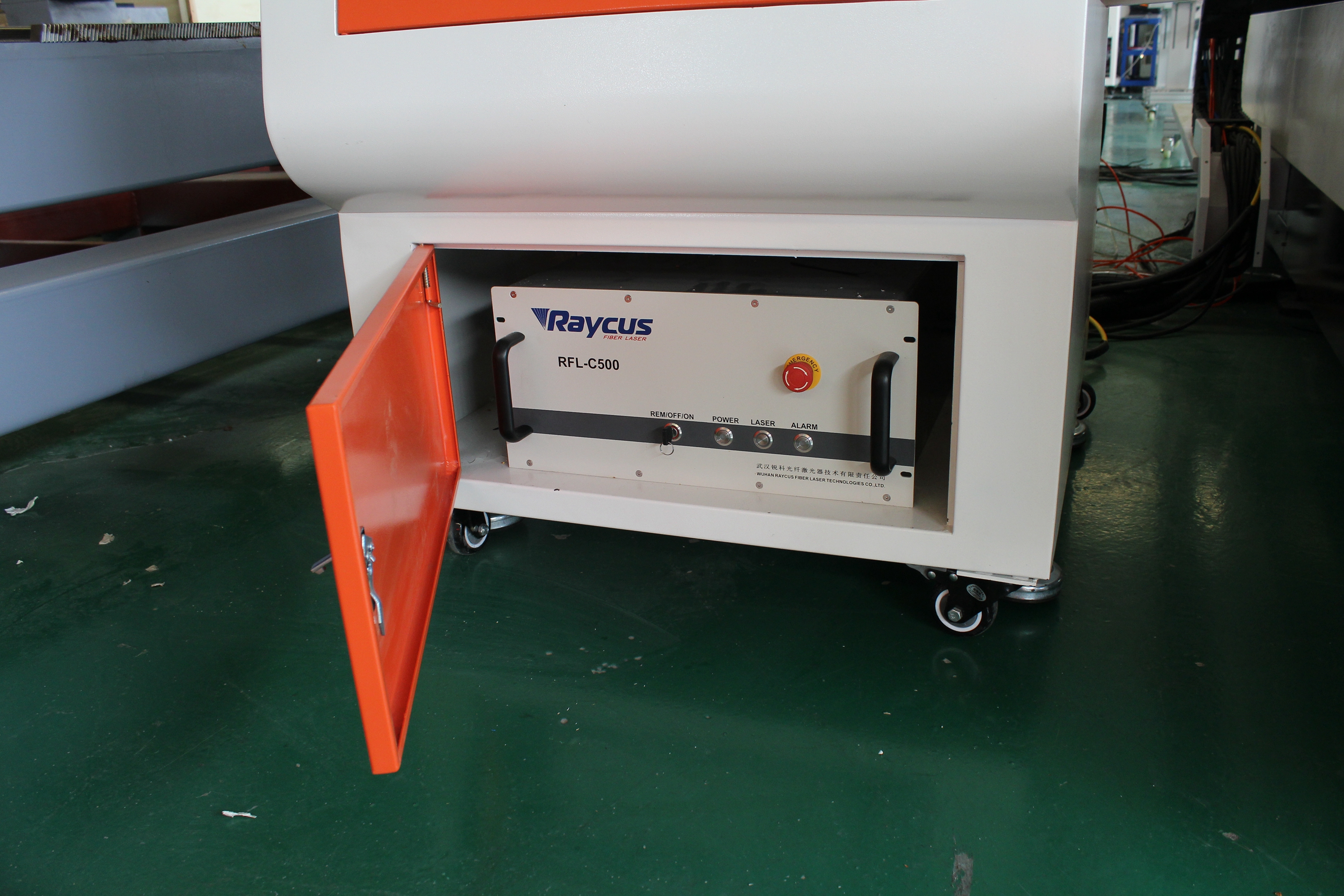Carbon dioxide is now increasingly the culprit of global warming, but in the development of oil fields, countries have invariably increased their input. In fact, from another perspective, how CO2 can be handled well can not only reduce investment in development, but also contribute to environmental protection on Earth.
In recent years, governments and companies across the world have tried to pump greenhouse gases emitted from power stations, oil drilling rigs, and steel mills into deep, loose rock formations to prevent them from entering the atmosphere and slowing global warming. The carbon dioxide detector can measure carbon dioxide in the range of 0-2000 PPM with an accuracy of 1 PPM.
The geological storage technology of carbon dioxide is a greenhouse gas emission reduction measure that is stored in the underground deep-seabed formation with appropriate closed conditions from carbon dioxide recovered and recovered from centralized emission sources (power plants, steel plants, etc.). The geological storage of carbon dioxide includes three stages: recovering and purifying carbon dioxide from a power plant or an industrial production process; compressing and transporting carbon dioxide to a storage site; and finally, injecting carbon dioxide into the underground. According to the condition of sealed formations, there are four main geological storage technologies: carbon dioxide flooding, carbon dioxide flooding, natural gas field storage and aquifer storage.
Norwegian oil company Statoil has the world's first commercial underground storage project for carbon dioxide. The company carries out carbon dioxide storage in sandstone layers below 3,300 feet (about 1,060 meters) in the North Sea. They started carbon dioxide burying tests since 19%. The company said that so far there has been no sign of a leak and CO2 will be kept underground for thousands of years.
A project being developed in the United States plans to drill a 10,000-foot (about 3048-meter) deep well in the Ohio River Canyon to pump carbon dioxide gas into sandstone formations in the area. Currently, the depth of drilling has reached about 4,000 feet (about 1,219 meters). Researchers will determine whether or how to bury carbon dioxide by analyzing rock samples. According to this plan, the carbon dioxide emitted by the U.S. power company's 1300 MW ountaineer power station will be filtered and buried underground. In addition, carbon dioxide gas may also be injected into nearby oil fields to obtain greater oil production. U.S. officials said that the U.S. underground can store 200 tons of carbon in the state, and the United States will generate 5.8 billion tons of carbon dioxide gas per year. It is estimated that it costs about US$50 to handle one ton of CO2. In order to reduce costs, the experts have also devised a plan to extract these gases and transport them to other oil and gas fields through pipelines when they are needed, so as to create tremendous pressure to squeeze out the hard-to-explore oil in the oil and gas fields.
However, despite the great progress made in the work of CO2 to land, some people believe that this approach is like hiding large pieces of trash under the carpet, which is likely to leak and cost too much. The environmentalists even believe that the deep-buried carbon dioxide will slow the pace of human conversion to clean energy and extend the reliance on fossil fuels such as oil. Carbon emission reduction promotes the use of carbon dioxide as an inexhaustible source of cheap resources. It uses chemical methods to convert it into a bulk chemical raw material, thereby realizing the goal of turning waste into treasure. It is a carbon reduction. Row of important ways. The use of carbon dioxide as a chemical resource for carbon resources, especially the simultaneous use of carbon dioxide and carbon dioxide in carbon dioxide, is the most promising and most concerned direction in the field of scale utilization of carbon dioxide.
In fact, the premise of the use of carbon dioxide is how to continuously and stably obtain carbon dioxide resources, and the technology in this area is basically mature. At present, China has mastered the technologies of carbon capture, separation and purification. The technology in the field of comprehensive utilization of carbon dioxide is equivalent to the advanced level in the world. All of these have provided strong technical support for China to achieve carbon dioxide resource utilization and large-scale utilization and reduce carbon dioxide emissions. Large-scale recovery of carbon dioxide from waste gas from cement plants, coal-fired thermal power plants, steel mills, oil refineries, chemical fertilizer plants, etc. Many domestic companies also have enthusiasm in this regard.
Internationally, the use of carbon dioxide as a raw material for chemicals has begun to take shape. At present, nearly 110 million tons of carbon dioxide are chemically fixed every year in the world. Urea is the largest product of fixed carbon dioxide, and consumes more than 70 million tons of carbon dioxide annually; followed by inorganic carbonates, 30 million tons per year; and hydrogenation of carbon dioxide. Reducing the synthesis of carbon monoxide has also reached 6 million tons. In addition, there are more than 20,000 tons of carbon dioxide used annually for the synthesis of intermediates such as salicylic acid and propylene carbonate vinegar.
According to reports, the use of carbon dioxide and ammonia to synthesize urea is the most successful model for the scale and use of carbon dioxide. On the basis of urea, carbon dioxide can also be used to produce important chemicals such as carbonic acid acetic acid, which makes urea an effective carrier for the use of carbon dioxide. The use of carbon dioxide as a substitute for phosgene to synthesize high value-added series of important chemical raw materials (such as dimethyl carbonate, isocyanate, methyl methacrylate, etc.) can not only achieve clean production, but also allow the reaction under mild conditions to improve the process. The economy and safety.
At present, carbon dioxide-based plastics represented by CO2 and epoxide copolymers are also a hot spot. The plastics are biodegradable, which helps to solve the problem of plastic “white pollution 0†using carbon dioxide ore sources or carbon dioxide emissions from industrial production as raw materials. The polymer obtained by catalytic synthesis with propylene oxide or ethylene oxide is one of the main varieties of biodegradable plastics.
The performance of carbon dioxide copolymer is similar to that of polyethylene. It can be used for blown film and injection molding. The product has a certain degree of transparency. Many properties can be complemented with polylactic acid and other biodegradable plastics, and the barrier properties are superior to polyethylene by more than several times. And the production cost is relatively low. After the disadvantages of low glass transition temperature and poor heat resistance are overcome, the prospects of this biodegradable plastics industry are promising.
Fiber Laser Cutting Machine mainly for cutting metal materials. such as stainless steel, carbon steel, galvanized sheet, aluminum etc. With high working speed and precision.
Main configuration:
Control system
Cutting head
Laser source
Pictures:
Control system

Cutting head

Laser source

We also have other design , welcome to visit our factory.
Fiber Laser Cutter,Fiber Laser Metal Cutting Machine,Fiber Laser CNC Machine,Fiber Laser Cutting Machine
Shandong Leapion Machinery Co., Ltd. , http://www.leapionlaser.com
